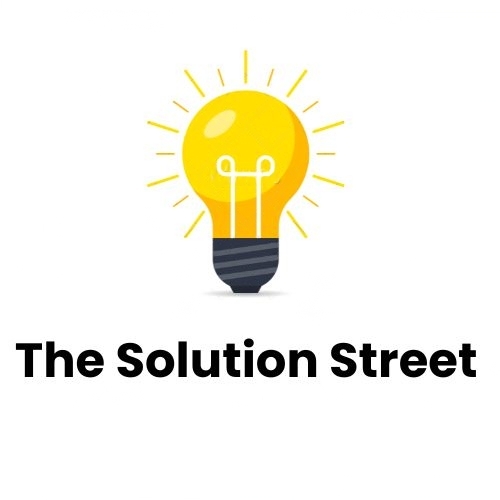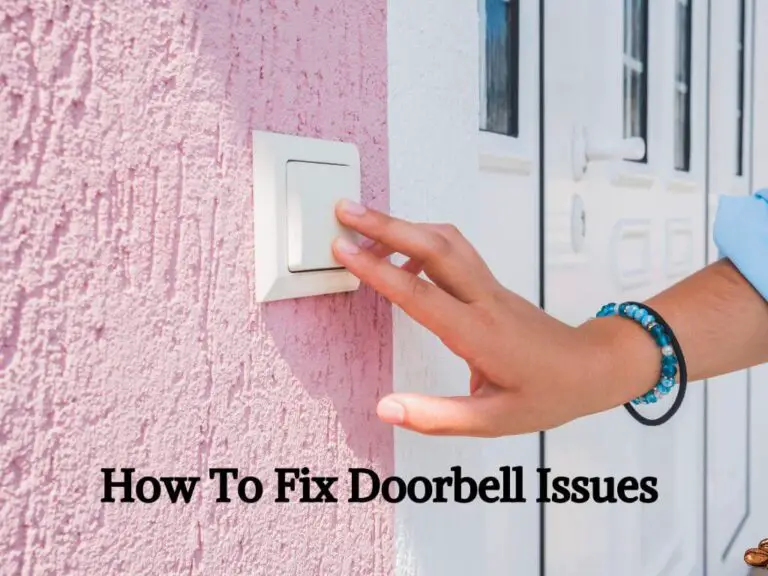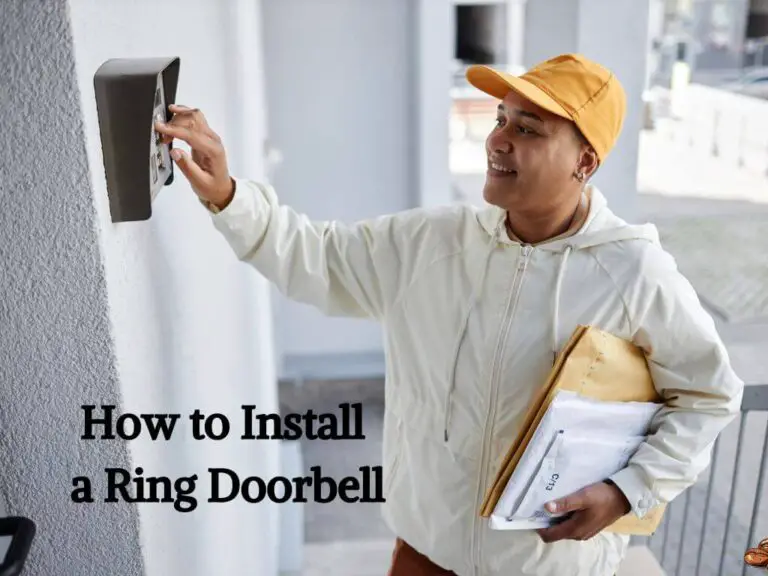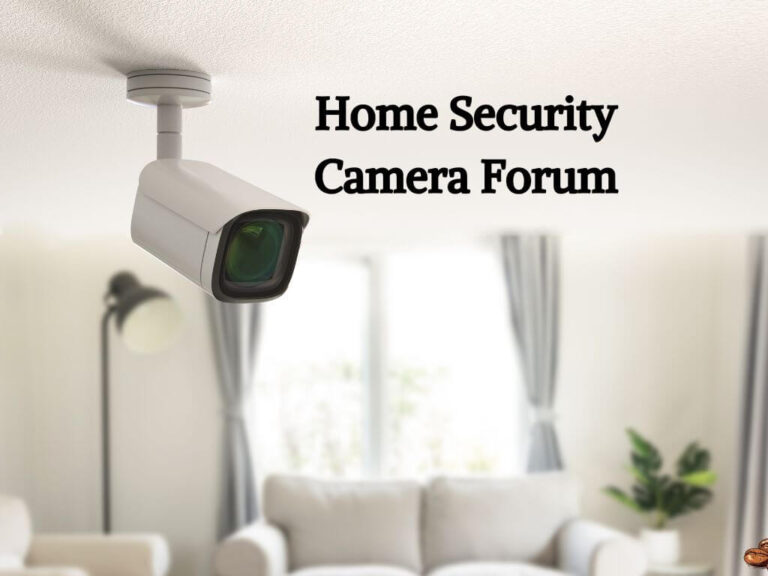Smart home security brands like Ring, Nest, and SimpliSafe lead the market. They offer advanced technology for home protection.
Home security has become a vital aspect of modern living, ensuring safety and peace of mind. Top brands such as Ring, Nest, and SimpliSafe are at the forefront, providing homeowners with innovative products that blend seamlessly with smart home ecosystems.
Ring, well-known for its video doorbells, also offers comprehensive alarm systems. Nest, by Google, is recognized for its intelligent cameras and smoke detectors. SimpliSafe stands out with its straightforward, no-contract services and easy installation. These brands continuously evolve, integrating with voice assistants and mobile apps for real-time monitoring and control. Choosing between them involves considering factors like ecosystem compatibility, subscription services, and specific security needs. Their commitment to innovation makes them reliable choices for consumers prioritizing home security.
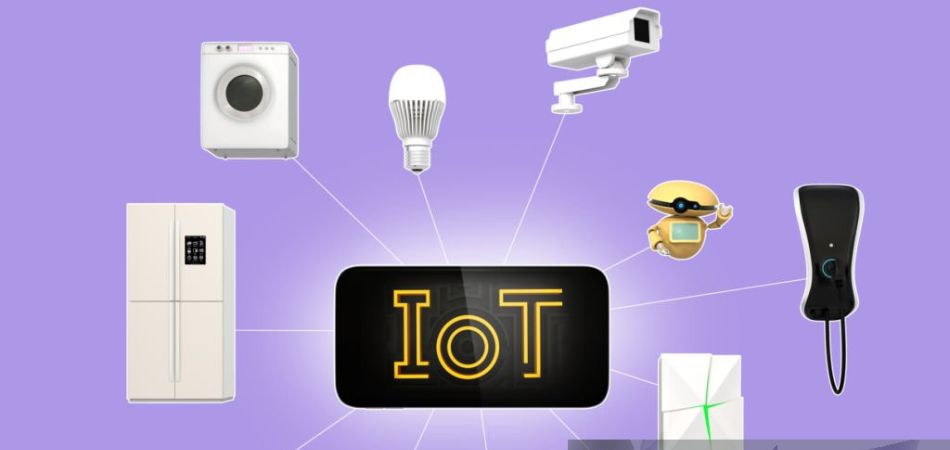
Early Systems To Modern Brands
Exploring the evolution of home security, from clanging bells to sophisticated smart home systems, reveals a remarkable journey. Early Systems to Modern Brands have not just transformed how we protect our homes but revolutionized the interaction between technology and peace of mind. This metamorphosis from basic deterrence to systems seamlessly integrated with everyday life is a testament to human innovation. Let’s delve into the significant milestones that have marked this transition, charting a course from the rudimentary setups of the past to the intelligent security marvels of today.
Transition From Traditional Alarms To Smart Systems
Traditional security alarms set the cornerstone for home safety, with their loud sirens and straightforward detection mechanisms. They primarily served a single purpose—to alert the residents and scare off intruders. While effective for their time, their limitations were clear: minimal remote control, limited customization, and no real-time communication.
The introduction of smart systems revolutionized this scene. The quintessential wireless technology and internet connectivity birthed a new era of home security. Today, we don’t just rely on alarms; we’re equipped with system-wide integration that commands our entire abode right through our smartphones and devices. The changeover from isolated alarms to connected ecosystems is a monumental leap in home security.
- Remote monitoring
- Automated system checks
- Integration with smart home devices
- Customized user notifications
Key Technological Advancements In Home Security
The path leading to modern smart home security systems is paved with incredible technological innovations. Consider the paradigm shifts that have taken place:
| Technological Advance | Impact on Home Security |
|---|---|
| Artificial Intelligence (AI) | Enhanced threat detection and predictive analysis |
| Machine Learning | Smart cameras identifying regular patterns and anomalies |
| Internet of Things (IoT) | Ecosystems where devices communicate and make intelligent decisions |
| Biometrics | Access control through unique personal identifiers like fingerprints |
Sensors have also seen groundbreaking developments, transitioning from basic motion detectors to sophisticated multipurpose devices capable of distinguishing between different types of disturbances. Connectivity platforms like Z-Wave and Zigbee have unified disparate devices under a single, user-friendly hub.
Lastly, cloud technology has elevated data storage and analysis, allowing for more scalable and secure systems. Gone are the days of simple deterrents; the present landscape is rich with custom smart home security solutions, tailor-made to fit the exact needs of the homeowner.
Leaders In Innovation And Reliability
When securing your home, choosing a brand that stands out in innovation and reliability is paramount. In today’s constantly evolving market, some brands have taken significant strides, setting themselves apart with advanced technology and dependable security solutions. Consumers demand systems that not only protect their premises but also offer convenience and ease of use. As smart home technology becomes increasingly sophisticated, a few industry giants are leading the way, making substantial investments in research and development to provide top-notch security products. Let’s dive into a comparison of these industry titans and examine how they earn consumer trust through innovation and reliability.
Comparing Top Industry Brands And Their Unique Offerings
Understanding the distinctive features and technologies these brands bring to the table is essential for homeowners looking to invest in a reliable home security system. Each brand has carved out its own niche with specific innovations:
- SimpliSafe – Recognized for its straightforward setup and user-friendly design, SimpliSafe offers a no-contract, DIY security solution that is both affordable and effective.
- ADT – As one of the oldest and most established names in the industry, ADT provides a broad range of professional monitoring services coupled with cutting-edge technology.
- Frontpoint – Known for exceptional customer service and comprehensive security packages, Frontpoint offers DIY installation with robust professional monitoring options.
- Hippo Home Security – A newer entrant, Hippo links home security with insurance, offering a unique blend of protection and financial peace of mind.
- Revo Home Security – Revo focuses on high-definition surveillance systems, making it a go-to for those prioritizing video quality and detail.
- Vivint – For those seeking a fully integrated smart home experience, Vivint offers advanced devices that work seamlessly together, managed through a single app.
- Brinks Home Security – With a strong reputation for durability and dependability, Brinks provides sophisticated home automation features alongside reliable security monitoring.
SimpliSafe stands out for its affordability and ease of installation, making home security accessible to many.
ADT and Frontpoint are praised for their reliable monitoring services, while Hippo Home Security is changing the game with its insurance integration.
Revo Home Security’s high-definition cameras appeal to those who prioritize visual surveillance, Vivint excels in smart home integration and Brinks Home Security is synonymous with robustness and innovation.
Market-share And Consumer Trust Studies
Companies that lead in market share often reflect a higher level of consumer trust and satisfaction. Studies and surveys frequently benchmark these security brands, offering insights into their market positions:
| Brand | Market Share | Consumer Trust |
|---|---|---|
| SimpliSafe | Substantial | High |
| ADT | Leading | Very High |
| Frontpoint | Moderate | High |
| Hippo Home Security | Emerging | Increasing |
| Revo Home Security | Growing | High in Niche Markets |
| Vivint | Significant | High |
| Brinks Home Security | Strong | High |
Market share data suggests that ADT remains a dominant force, likely due to its long-standing history and comprehensive service offerings.
Brands like SimpliSafe disrupt traditional models with their no-contract approach, rapidly gaining market share.
Vivint and Brinks Home Security’s high-tech solutions assure a loyal customer base, reflecting their high consumer trust ratings.
Frontpoint maintains a solid market presence with exceptional service, and
Revo and Hippo show promising growth, indicating a shift toward specialized offerings.
What Sets Them Apart
Welcome to an insightful dive into the world of smart home security. Among the myriad of options available, standout brands have set themselves apart by providing exceptional features that cater to the evolving needs of security-conscious homeowners. Let’s explore those differentiators that make the top contenders in smart home security truly shine.
Remote Access And Control
Imagine being in complete command of your home security from anywhere in the world. Top-tier smart home security brands offer this empowering convenience through advanced remote access and control. Users can engage or disengage alarms, monitor live video streams, and receive instant alerts all through an intuitive app on their smartphones or tablets. Here’s a glimpse of the benefits:
- Real-time alerts: Get notified the moment an incident occurs.
- Live video streaming: Keep a vigilant eye on your home with HD cameras.
- System adjustments: Customize settings on-the-go to adapt to changing security needs.
Integration With Other Smart Home Devices
A leading-edge smart security system does more than stand watch – it collaborates. Industry-leading brands have mastered the art of seamless integration, positioning their systems as the core of a connected smart home. These systems harmonize with a wide array of devices, such as:
| Smart Device Type | Integration Benefits |
|---|---|
| Thermostats | Enhance energy efficiency by syncing with security settings. |
| Lighting | Program lights to simulate occupancy, deterring intruders. |
| Locks | Lock or unlock doors remotely, and grant or restrict access as needed. |
| Assistants | Use voice commands via AI assistants like Alexa or Google Home for hands-free control. |
Through integration, these systems create a cohesive, reactive environment that significantly boosts overall security and usability.
Ai And Machine Learning Capabilities
Intelligence is at the heart of modern security, with cutting-edge brands embedding AI and machine learning into their devices. This innovation translates into smarter detection and predictive security measures. Here’s how:
- Behavioral Analysis: The system learns normal patterns and flags irregular activities.
- Facial Recognition: Smart cameras discern between known occupants and strangers.
- Threat Prediction: Algorithms assess risk levels and adjust protocols accordingly.
By learning and adapting to the household’s daily routine, these smart security systems can proactively identify threats, thus enhancing the safety net around your home.
Getting Your Smart Security Up And Running
Embarking on the journey to secure your home with smart technology can be a thrilling venture. It’s not just about embracing the future; it’s about creating a haven that’s both safe and technologically advanced. Getting Your Smart Security Up and Running involves choosing the right system for your needs, understanding the installation process, and setting up your devices for optimal performance. Let’s delve into how to make your smart home security a seamless addition to your daily life.
Diy Versus Professional Installation Options
When it comes to installing a smart home security system, there are two clear paths: do-it-yourself (DIY) or professional installation. Each option carries its own set of advantages. DIY installation can be more cost-effective and gives homeowners the satisfaction of setting up their own system. Several smart security brands offer user-friendly products that are straightforward to install. On the other hand, professional installation ensures that a seasoned technician sets up your system, which can be more reassuring for those less tech-savvy.
| Installation Type | Pros | Cons |
|---|---|---|
| DIY | Cost savings, personal accomplishment, understanding system | Potential for mistakes, time-consuming |
| Professional | Expert installation, less effort required, potential for added warranties | Additional costs, scheduling appointments |
Step-by-step Setup Guide For Popular Brands
Setting up your smart home security system varies by brand and model, but there are common steps they all share. Below is a universal guide that touches on the core stages most popular brands entail:
- Unboxing: Start by carefully unboxing all components and checking to ensure everything listed in the manual is present.
- Download the App: Download the official app for your security system onto your smartphone or tablet. This will serve as the hub for your smart security control.
- Create an Account: Set up your user account, which usually involves verifying your email address and creating a secure password.
- Connect to Wi-Fi: Ensure your Wi-Fi network is running smoothly and connect your devices to the internet.
- Install the Devices: For DIY systems, follow the detailed instructions provided to install each component. For professional setups, the technician will handle this part.
- Test the System: Once installation is complete, conduct a series of tests to ensure all elements, such as cameras, sensors, and alarms, function correctly.
- Customize Settings: Customize your system settings, including motion detection areas, alert preferences, and integrations with other smart devices.
- Activate Monitoring (if applicable): For services that offer monitoring, finalize the activation so that your system is fully protected.

Ensuring Your Data Is Secure
Within the realm of smart home technology, the emphasis on fortifying your personal data has intensified. As we integrate these advanced devices into our daily lives, the underlying systems that protect our privacy and security become paramount.
Recognizing this, leading smart home security brands are making strides to robust performance in these areas. Guaranteeing your information remains locked away from prying eyes is not just an add-on—it’s the ground rule. Let’s delve into the critical elements that constitute robust data security in smart home ecosystems.
Encryption And User Privacy
Encryption stands as the bedrock of digital privacy, converting sensitive data into complex codes that only authorized parties can decipher. Trusted smart home security brands incorporate advanced encryption standards like AES 256-bit, which is akin to the level used in military communications. This means your data is as guarded as top-secret files.
- Secured data transmission
- Encrypted data storage
- Protection against unauthorized access
User privacy, on the other hand, is how the company handles and respects the data collected. Brands must adhere to stringent data protection regulations, such as GDPR for European users, to ensure users’ information is treated with the utmost confidentiality. It’s about ownership and consent, ensuring users retain control over their data footprint.
Secure Access Control And Potential Vulnerabilities
Secure access control is pivotal in safeguarding smart home systems against unauthorized entry. This includes robust password policies, two-factor authentication (2FA), and advanced secure measures like biometric verification. These layers of security ensure that access to your smart home system is gated and monitored.
| Feature | Description | Benefit |
|---|---|---|
| Password Policies | Enforcement of strong, unique passwords | Reduces risk of brute-force attacks |
| Two-Factor Authentication | Secondary verification step (SMS, email, app) | Adds an extra layer of security |
| Biometric Verification | Use of fingerprints or facial recognition | Ensures only physical authorized users gain access |
Conversely, the potential vulnerabilities within a smart home ecosystem cannot be ignored. Even the most reputable brands may confront challenges such as software bugs, outdated firmware, or susceptibility to sophisticated cyber-attacks. Regular software updates, user vigilance, and a proactive security stance by the brand are crucial in mitigating such risks.
- Stay up-to-date with firmware and software patches
- Be aware of the latest security threats and preventative measures
- Choose brands with a proven track record for security and regular updates
Real-world Performance Insights
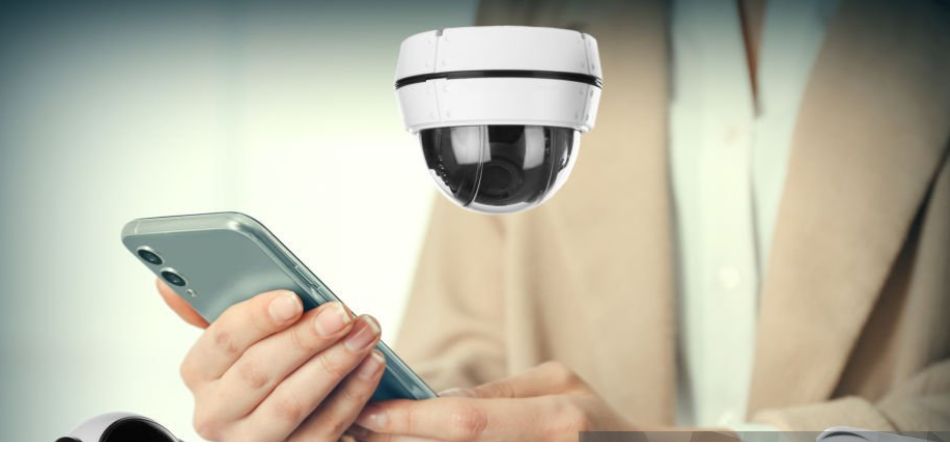
The true test of any smart home security brand comes not from glossy advertising or technical specifications but from its real-world performance. Clients need to trust that their chosen system will stand up to the challenges of daily life and protect their homes effectively.
To shed light on this aspect, in-depth analysis of customer feedback, along with video evidence and case studies, provides valuable insights into the reliability and effectiveness of smart home security brands.
Analysis Of Customer Feedback On Various Platforms
Gauging user satisfaction is crucial for assessing a product’s performance. A comprehensive analysis entails scrutinizing customer reviews across multiple platforms, such as Amazon, Trustpilot, and the brands’ own websites. Key patterns and feedback received from actual users offer a transparent overview of their experiences.
- User Interface: The ease with which users can navigate system controls and settings
- Reliability: Frequency and circumstances of system failures or false alarms
- Customer Support: Brand responsiveness and helpfulness in resolving user issues
- Integration: Compatibility and integration with other smart home devices
Positive trends in feedback point to a brand’s strengths, whereas recurrent complaints may signal areas in need of improvement. Such direct input from customers is invaluable for prospective buyers making informed decisions.
Video Evidence And Case Studies
Real incidents captured on camera or well-documented case studies provide persuasive testament to the efficacy of smart home security systems. High-definition video clips can showcase how a system detects and records suspicious activity or deters potential intruders.
| Case Study | Outcome | Key Takeaways |
|---|---|---|
| Residential Burglary Prevention | Attempted entry detected and alerted; authorities notified in time | Effectiveness of motion sensors and alarm system |
| Package Theft Deterrence | Perpetrator discouraged by visible security cameras | Importance of unobtrusive yet visible surveillance |
| Remote Monitoring Success | Homeowner intervenes during a break-in attempt via smartphone | Usability and benefits of remote access and control |
Such empirical evidence not only demonstrates a system’s capabilities in action but also underscores the real-life benefits and peace of mind that come with a dependable home security solution.
Assessing Value For Money
When navigating the expanding ocean of smart home security options, assessing value for money becomes paramount. Homeowners seek assurance that their investment safeguards their sanctuary without draining the wallet.
Understanding the true cost of ownership and long-term implications ensures that your security solution is not only robust but also economically sensible.
Pricing Comparisons Between Different Brands And Systems
Smart home security systems can vary widely in price, from bare-bones setups to high-end packages with all the bells and whistles. Here are some factors to consider:
- Base Kits: Compare the costs of starter kits, which typically include a hub and a handful of sensors.
- Expandability: Check the price of additional components to ensure expanding your system won’t break the bank.
- Subscription Services: Some brands require a monthly fee for full functionality — factor this into your overall cost.
Putting this information side by side, consumers can get a quick glimpse into which brands provide the best initial and scalable value.
| Brand | Base Kit Price | Cost of Add-ons | Monthly Fees | Total Year 1 Cost |
|---|---|---|---|---|
| Brand A | $199 | $30 per sensor | $10 | $319 |
| Brand B | $249 | $25 per sensor | No monthly fee | $449 |
| Brand C | $150 | $50 per sensor | $20 | $390 |
Hidden Costs And Long-term Investment Considerations
Hidden costs can transform an affordable system into a financial sinkhole over time. These may include:
- Fees for updates or premium features.
- Charges for cloud storage to keep video recordings.
- Costs related to the installation or maintenance by professionals.
Analyze these potential expenses before making a commitment to understand the true cost of a security system over its lifetime. Additionally, considering the system’s durability and compatibility with other smart home devices adds to long-term value.
A future-proof system that integrates well with other brands and technology will likely offer more value and longevity than a system with limited compatibility.
Innovations On The Horizon
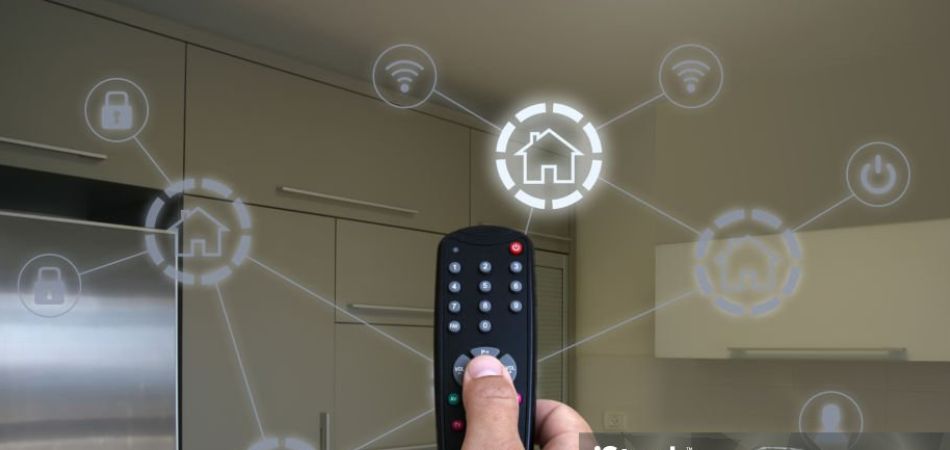
The realm of smart home security is evolving at a rapid pace, outpacing traditional security systems with intelligent features that offer users unprecedented peace of mind and control.
In this exploration, we delve into the crystal ball of smart home security to unveil the cutting-edge innovations and disruptive technologies poised to elevate our safety and reshape the industry.
Companies at the forefront of this revolution are not only refining existing systems but are also charting new territories in convenience, automation, and integration.
Predictions For The Next Generation Of Smart Security
The evolution of smart home security technologies is set to redefine the concept of personal safety and home management. Analysts forecast that the next generation of smart security solutions will deliver:
- Enhanced Artificial Intelligence (AI): Smart security systems will become more predictive and proactive, using advanced AI algorithms to learn from user behaviors and environmental patterns.
- Seamless Integration: Expect holistic ecosystems where security seamlessly integrates with other smart home devices, creating a cohesive network that operates synergistically.
- Improved Facial and Object Recognition: Upgrades in recognition technology will enhance security accuracy, distinguishing between residents, visitors, and potential intruders with greater precision.
- Autonomous Response Capabilities: The latest devices will not only detect threats but autonomously respond to them, whether it’s alerting authorities or undertaking protective measures.
Emerging Brands And Technologies To Watch
Excitement crescendos as innovative players and technologies enter the smart home security stage. Key emerging brands and their groundbreaking technologies to keep an eye on include:
| Brand | Technology/Innovation |
|---|---|
| SentinelSecure | Next-gen biometric locks with life-sign detection |
| Aegis AI Cam | Security cameras with real-time behavior analysis |
| FortifyHome | Smart window films that reinforce glass on molecular levels |
| GuardianNet | Mesh networked sensors for comprehensive perimeter defense |
These brands are pioneering features that promise to enhance security in ways once thought impossible, from passive monitoring technologies to active defense mechanisms.
Sentinels cure’s biometric locks, for instance, not only require your fingerprint to unlock but also ensure the finger is attached to a living person, putting an end to spoofing concerns.
Aegis AI Cam pushes the envelope further with cameras that don’t just record but analyze behavior through AI, triggering alerts based on specific actions. With leaps like these, it’s clear that the frontier of smart home security is not just near—it’s here.
The question isn’t if these technologies will become commonplace, but how swiftly they will revolutionize our sense of security and well-being.
Frequently Asked Questions Of Smart Home Security Brands
What Is The Best Smart Home Security System?
The best smart home security system varies by user needs. However, brands like Ring, Nest, and SimpliSafe often top the lists. They offer comprehensive features like real-time alerts, remote access, and various integration options with smart home devices.
How Do Smart Security Cameras Enhance Home Safety?
Smart security cameras enhance home safety by providing real-time surveillance, motion detection alerts, and remote access through mobile apps. They deter intruders and allow homeowners to monitor their property 24/7, ensuring rapid response to potential threats.
Can Smart Locks Be Hacked?
Smart locks, like all smart home devices, carry some risk of hacking. However, reputable brands invest in robust security measures like encryption and two-factor authentication to mitigate risks. Consumers should regularly update their devices and use strong passwords for enhanced security.
Are Smart Home Security Systems Worth The Cost?
Smart home security systems are generally considered worth the cost for the peace of mind and protection they offer. They provide real-time monitoring, instant alerts, and the ability to act quickly in case of a break-in, potentially saving homeowners from large financial losses.
Conclusion
Embracing the latest in smart home security means investing in peace of mind. Our rundown of leading brands offers something for everyone. Whether prioritizing innovation or reliability, your perfect system awaits. Secure your sanctuary smartly—choose a brand that fits your lifestyle and budget.
Safety never looked so savvy.
